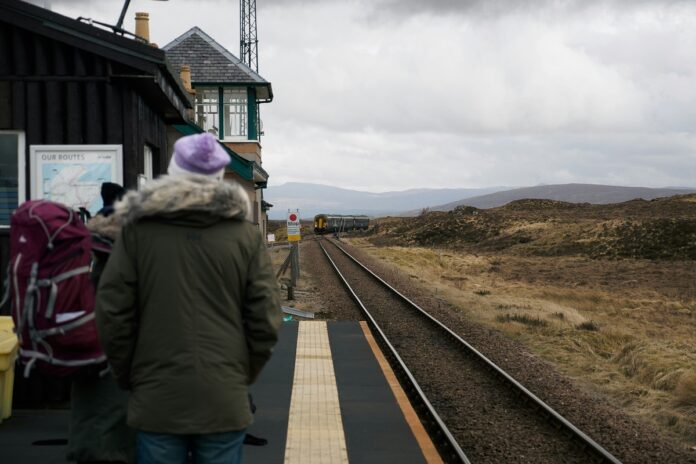The Scottish Government has published Our Rail Recharged: Scotland’s Fleet Transition Strategy, setting out the long-term plan for transforming the country’s passenger rail services over the next 20 years. The strategy outlines how Scotland will modernise its rail fleet in an affordable way while supporting skilled employment, driving innovation and contributing to inclusive economic growth.
The document confirms plans to decarbonise all passenger rail services by 2045, in line with Scotland’s Climate Change Act. It sets out how ageing ScotRail trains will be replaced in partnership with industry, forming a central part of Transport Scotland’s wider strategic vision for a resilient, reliable and sustainable railway.
Transport Secretary Fiona Hyslop said the new document comes at a pivotal moment, with two-thirds of ScotRail’s passenger trains approaching the end of their usable life. She said:
“I am pleased to introduce our fleet transition strategy for Scotland’s railway. This has been developed in line with the commitment made within the Rail Services Decarbonisation Action Plan to review the progress that has been made towards decarbonising Scotland’s rail services, whilst acknowledging the challenges and opportunities that the Scottish Government and rail industry has faced since the plan was first published in 2020.
This plan comes at a critical time for Scotland’s railway, particularly as two thirds of ScotRail’s passenger trains are approaching the end of their usable life. Our strategy recognises the need to replace our trains in order to sustain the resilience and reliability of our rail services, which is essential to encourage more people to make sustainable travel choices.
This strategy outlines the journey we will take to introduce this new rolling stock to our rail network and how this will sustain the future reliability of our InterCity, Suburban and Rural services for the long term. I look forward to seeing how this journey continues to evolve, as we work with our delivery partners to provide a rail system that is operationally, financially, and environmentally sustainable and delivers for the people of Scotland.”
The Fleet Transition Strategy directly supports the priorities set out in Scotland’s National Transport Strategy, which focuses on reducing inequalities, taking climate action, supporting inclusive economic growth and improving health and wellbeing. Rail services, the government says, are essential for connecting communities to education, employment, healthcare and leisure.
The announcement builds on Scotland’s track record of modernising the network. Recent electrification projects include Edinburgh–Glasgow, the Cumbernauld and Shotts lines, and the routes to Dunblane and Alloa. The Barrhead Line was electrified in December 2023 and the East Kilbride Line will follow in December 2025.
In September 2025, the Scottish Government confirmed a £342 million investment to electrify the Fife and Borders routes and introduce new battery-electric trains. Funding has also been authorised for new electric trains for the Glasgow suburban area. Together, these upgrades will benefit around 30 per cent of Scotland’s rail passengers by delivering newer, more reliable and more energy-efficient trains.
The government says improving the affordability and attractiveness of rail must go hand in hand with ensuring a reliable, resilient fleet. By replacing ageing rolling stock and investing in modern, low-carbon trains, the Fleet Transition Strategy will support Scotland’s progress towards net zero by 2045 and enhance the passenger experience across InterCity, suburban and rural routes.





